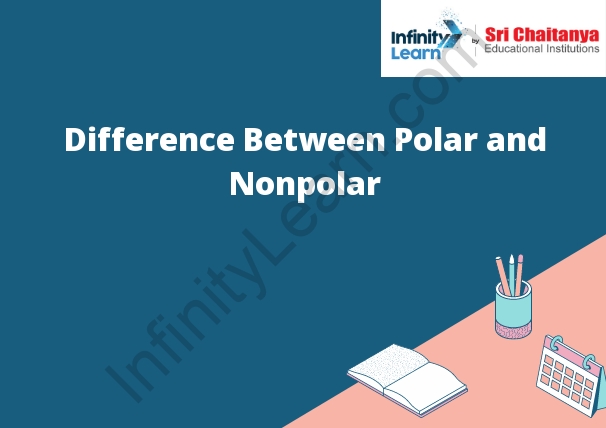Table of Contents
What are Polar and Nonpolar Bonds?
Polar bonds are those in which the electron pushing elements, typically oxygen and nitrogen, are more electronegative than the elements pulling the electrons, typically carbon and hydrogen. This creates a separation of charge, with the more electronegative elements pulling the electron cloud towards it, and the less electronegative elements having a partial negative charge. This creates a polarity in the molecule, with a positive end and a negative end.
Nonpolar bonds are those in which there is no separation of charge, and the electron pushing and pulling elements have the same level of electronegativity. This creates a molecule with no polarity, and no positive or negative end.

Identification of Polar and Nonpolar Bonds
Polar and nonpolar bonds are two different types of chemical bonds. Polar bonds are those in which the electrons are not evenly shared between the two atoms. This creates a slight electrical imbalance, with one end of the bond being more positively charged and the other more negatively charged. Nonpolar bonds, on the other hand, involve atoms that share their electrons evenly. This results in no electrical imbalance and, as a result, no polarity.
Polar vs Nonpolar
- Polar molecules have a permanent electric dipole moment, meaning that the electron cloud is not symmetrical. This asymmetry can created by a difference in electronegativity between the bonded atoms, or by the distortion of a molecule’s electron cloud due to the presence of a nearby atom with a large electronegativity.
- Nonpolar molecules do not have a permanent electric dipole moment.
Difference between Polar and Nonpolar Compounds
- Polar and nonpolar molecules are distinguished by their electrical properties. Polar molecules, such as water, have a net positive or negative electrical charge at one or more points in their structure. Nonpolar molecules, such as methane, do not have a net charge.
- Polar molecules interact with one another through electrostatic attraction, while nonpolar molecules do not. This is why water is a good solvent for polar molecules, such as salts, and why oils and fats do not mix with water.
Difference between polar and non-polar solvents
Polar solvents are solvents that have a dipole moment, meaning that they have a separation of charge. Therefore the non-polar solvents are solvents that do not have a dipole moment.
What are Polar Solvents?
Polar solvents are organic molecules that have a hydrogen atom bonded to a nitrogen atom, oxygen atom, or sulfur atom. These molecules are able to dissolve in water and also used as solvents in laboratory experiments.
What are non-polar solvents?
Non-polar solvents are solvents that do not dissolve polar molecules. Examples of non-polar solvents include gasoline, hexane, and toluene.








